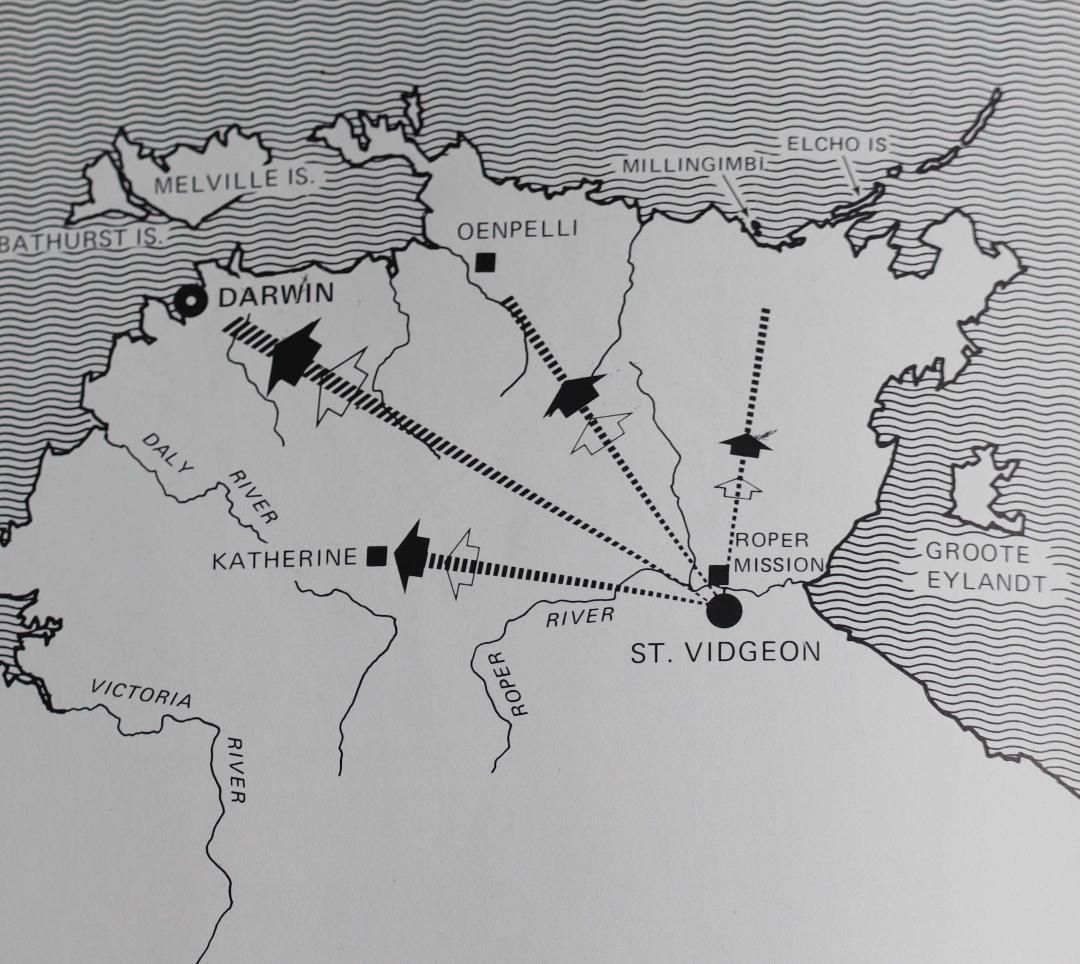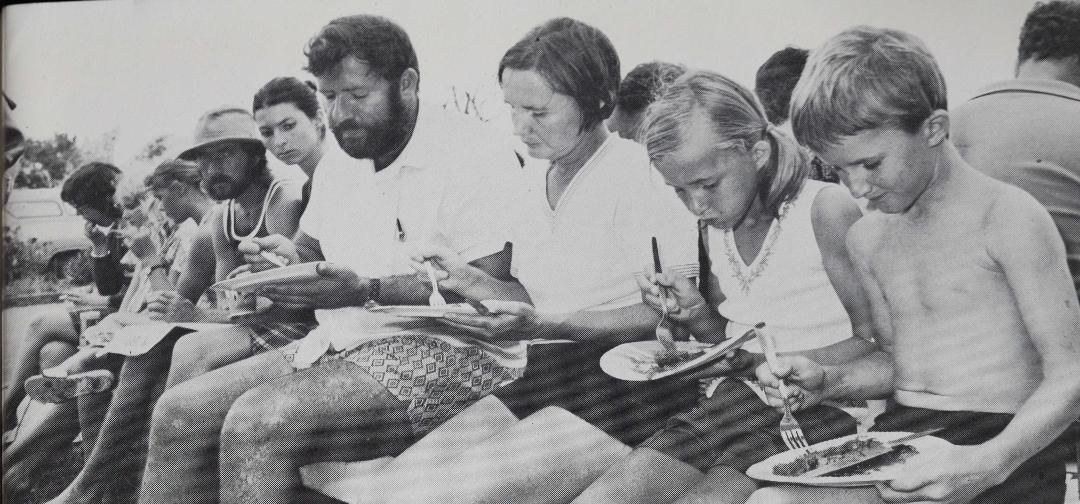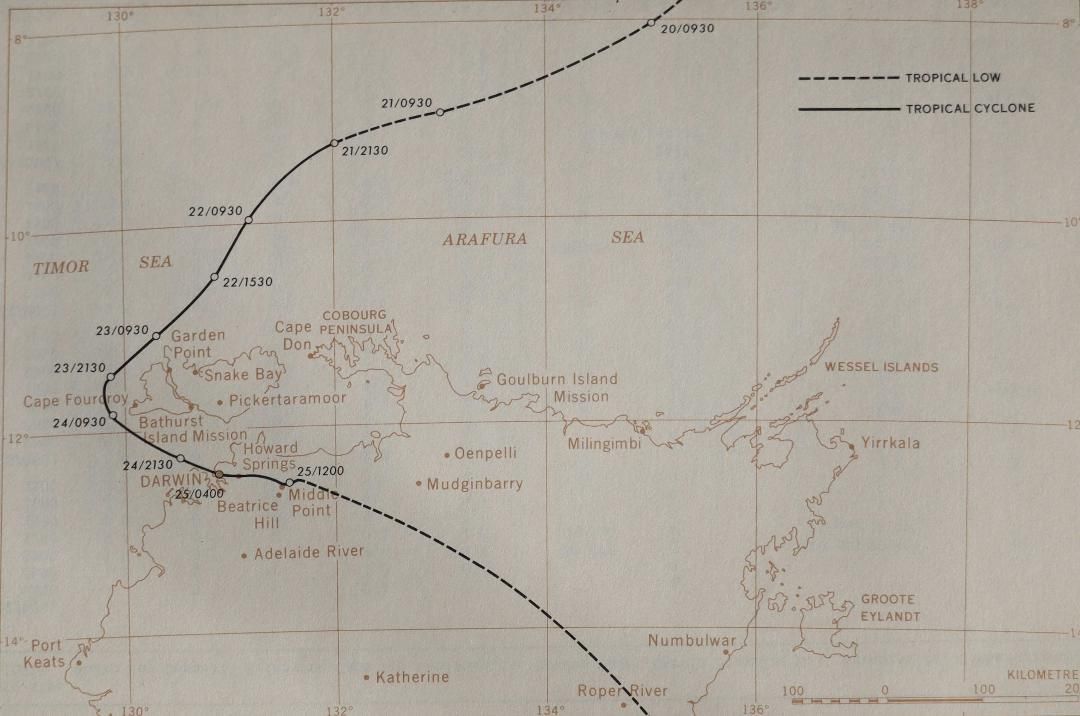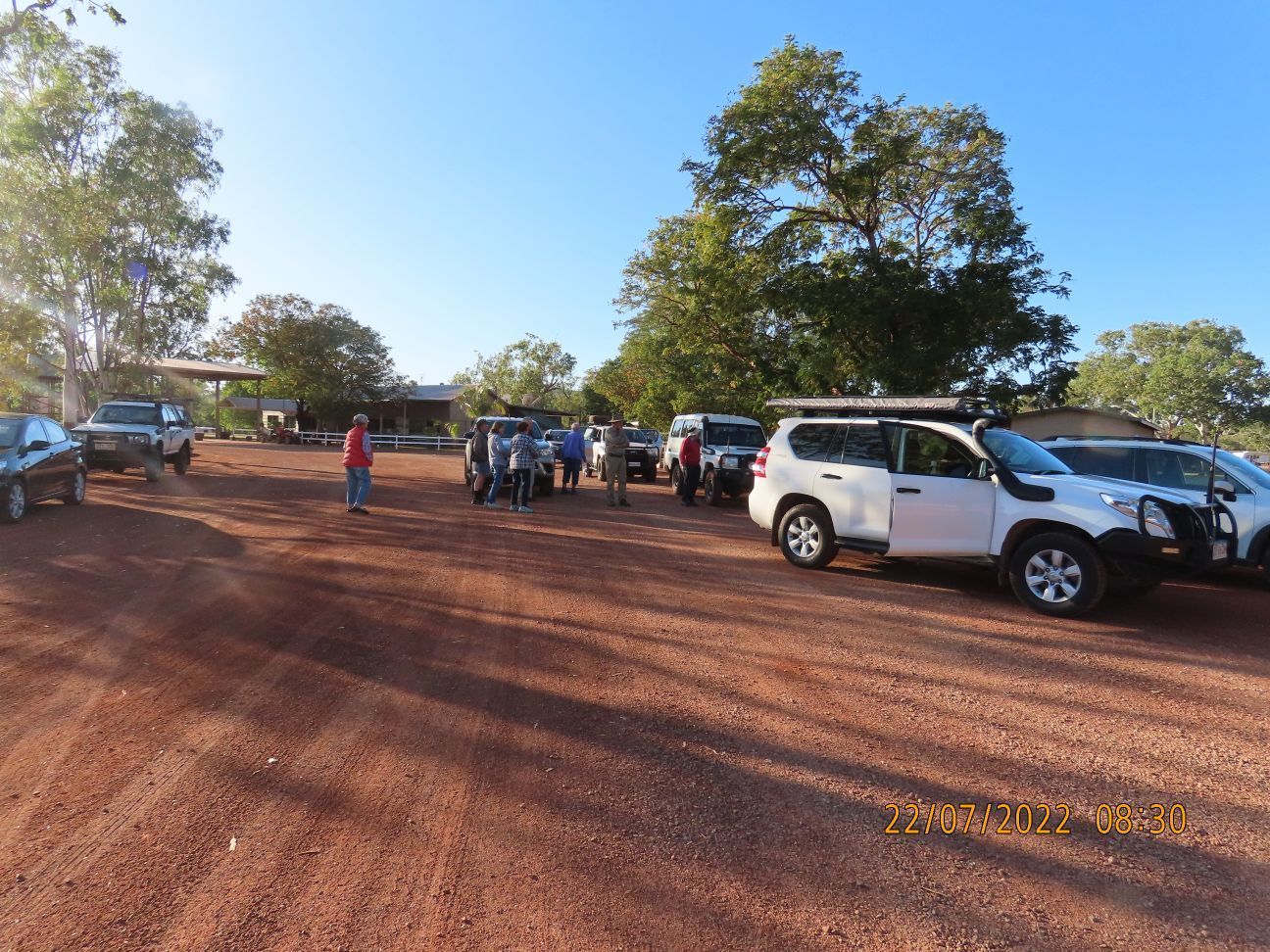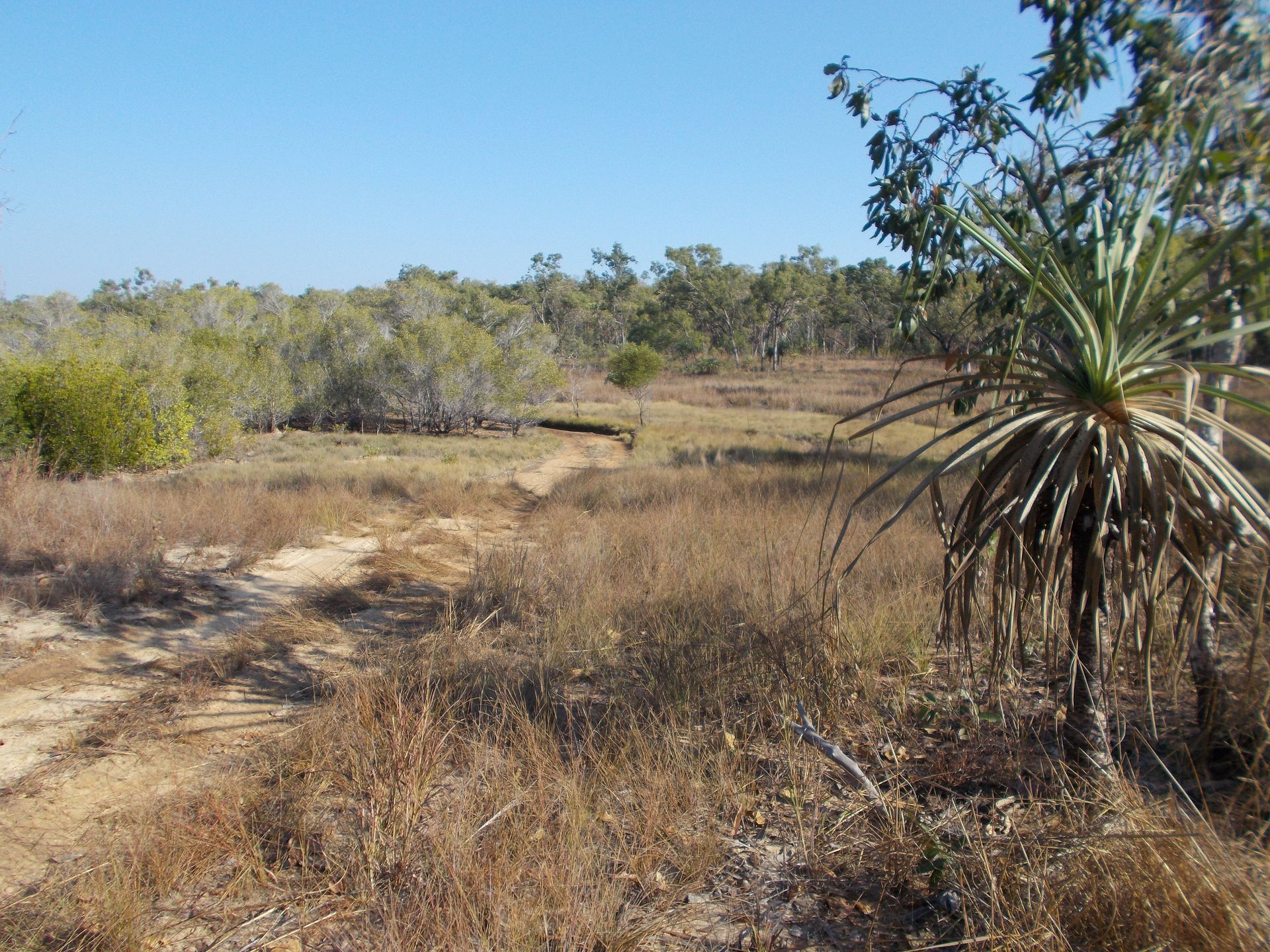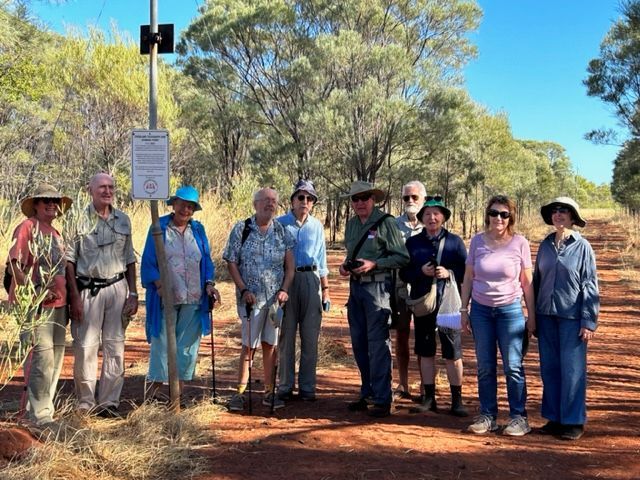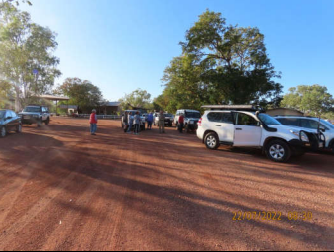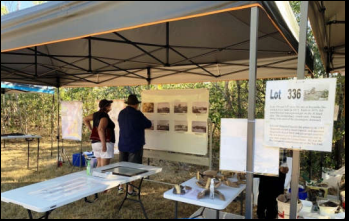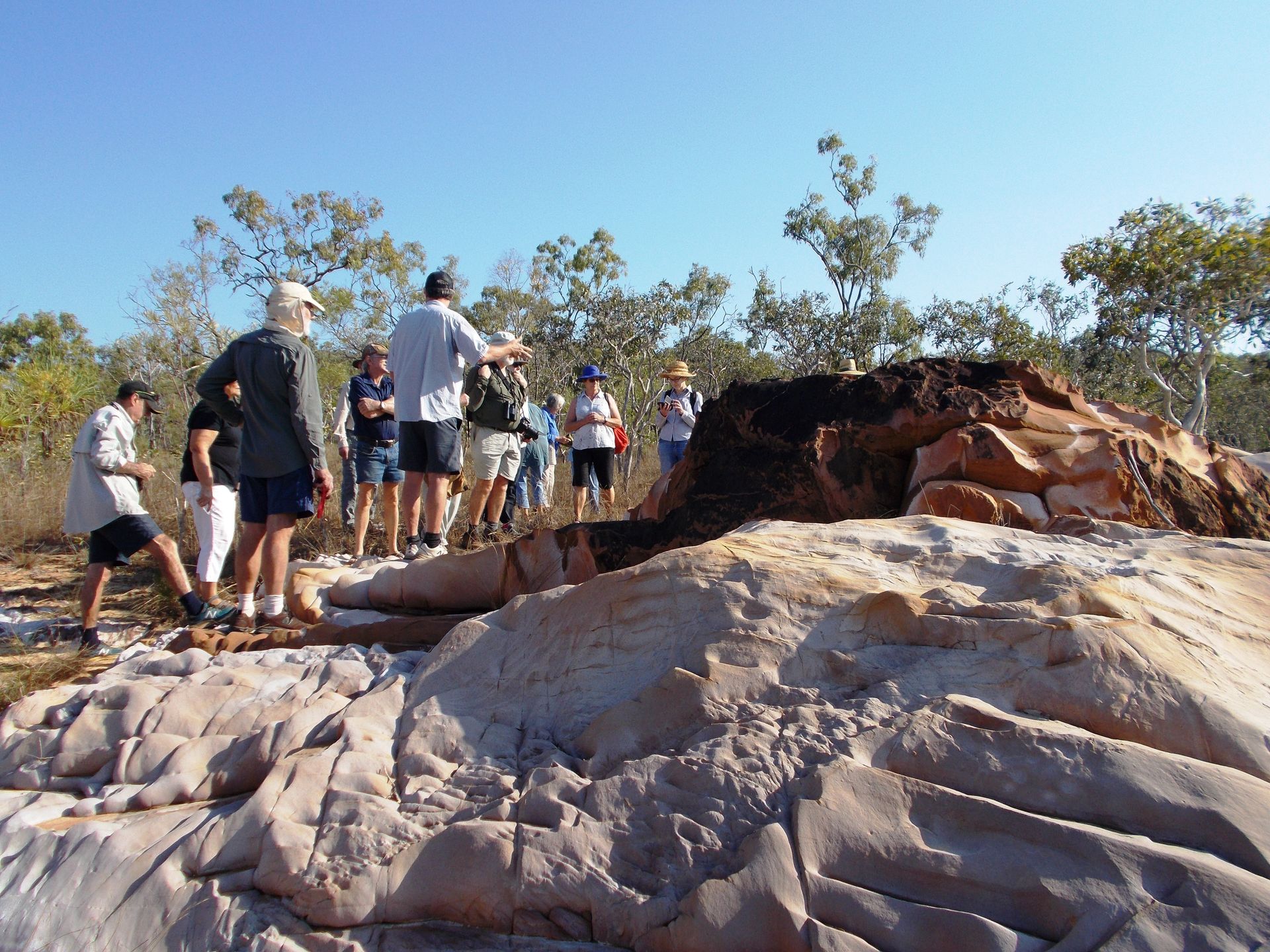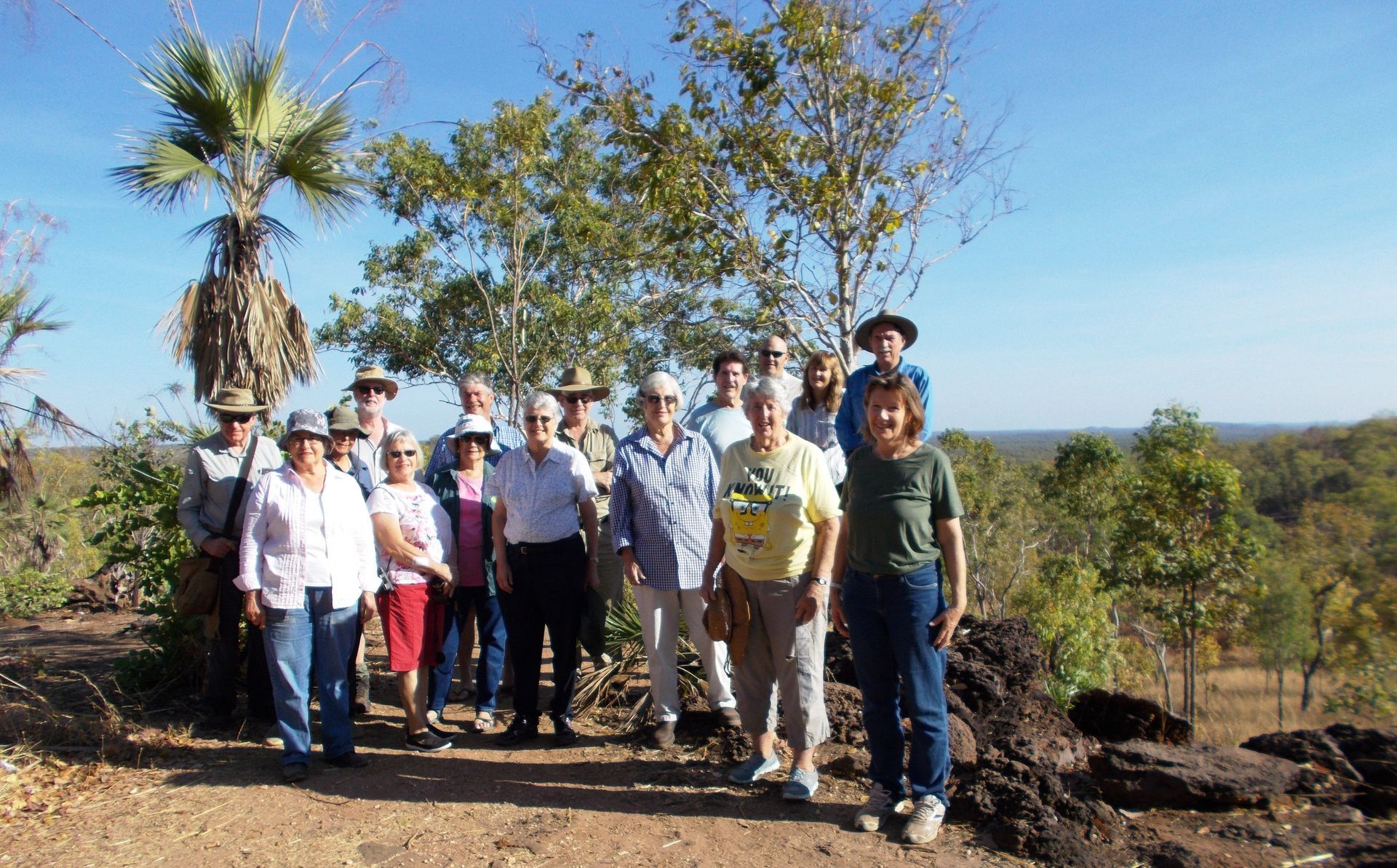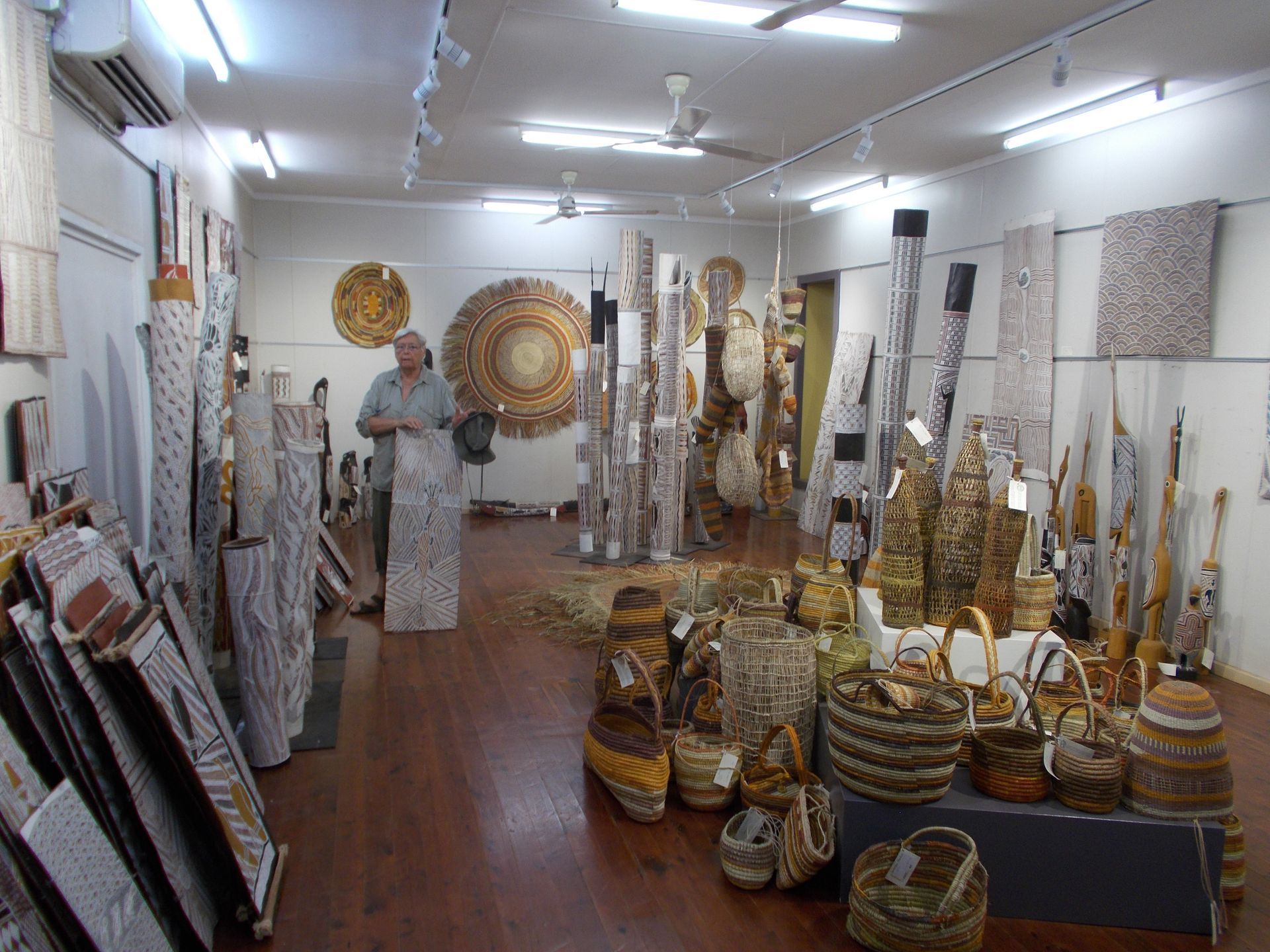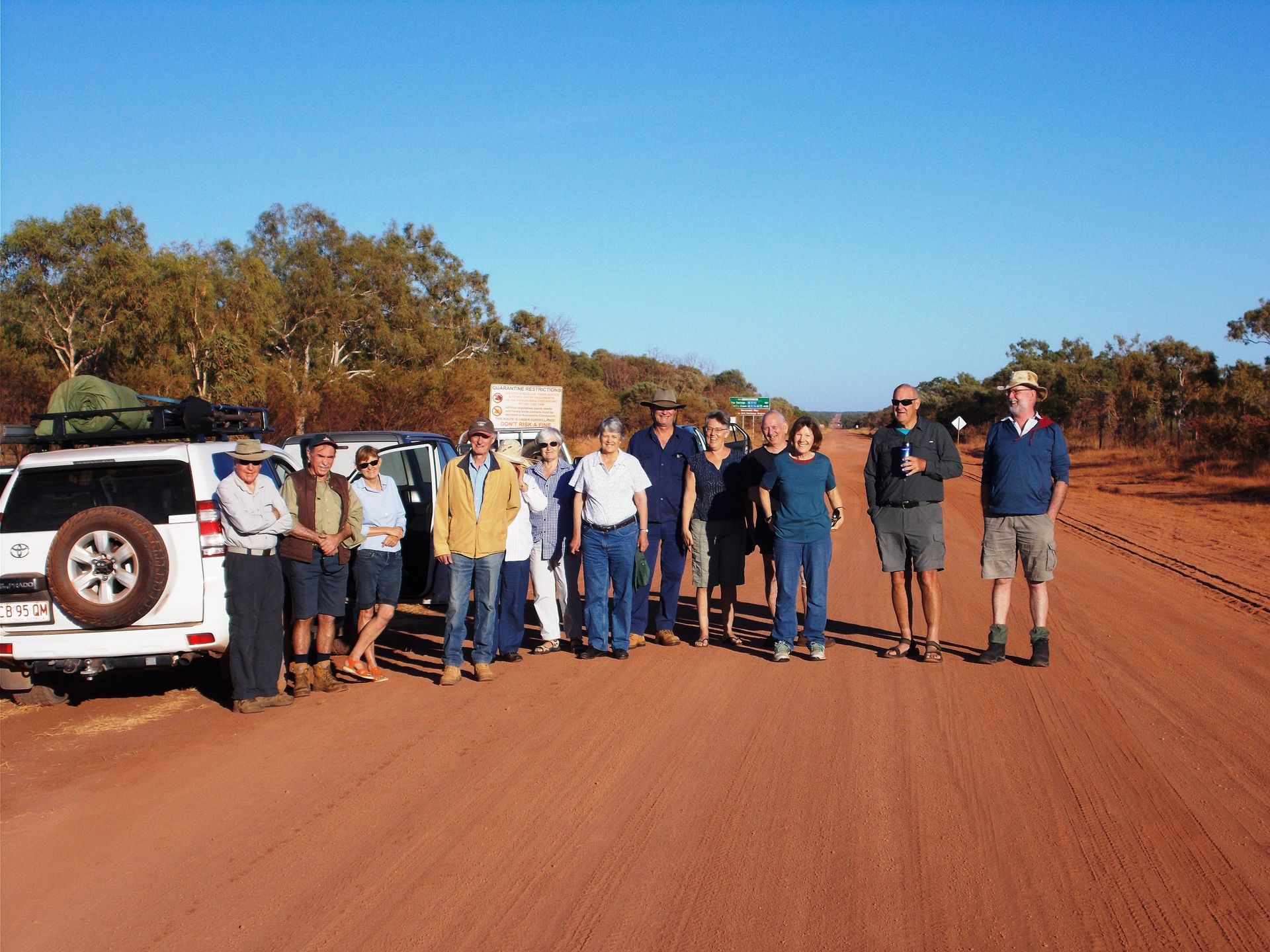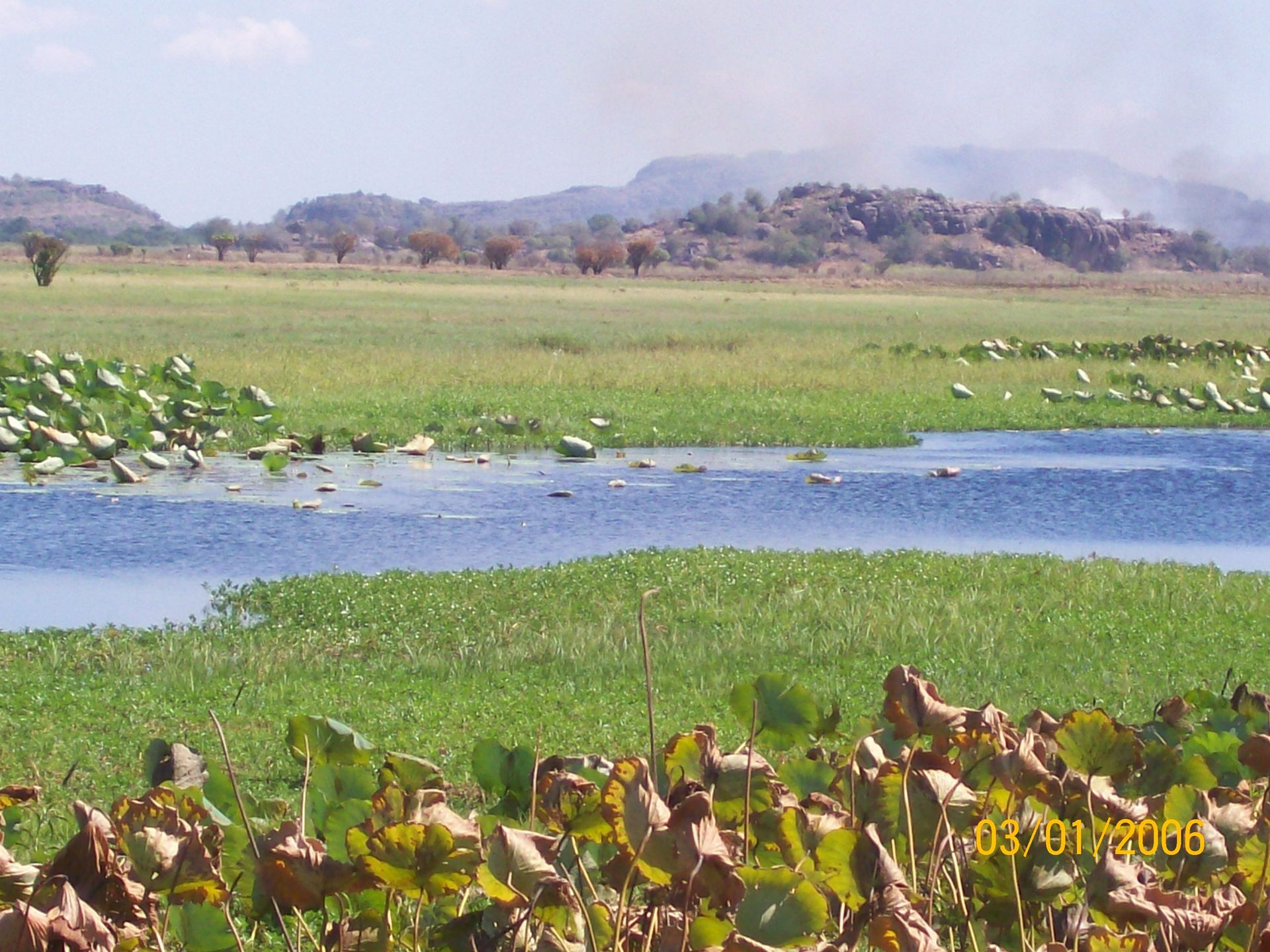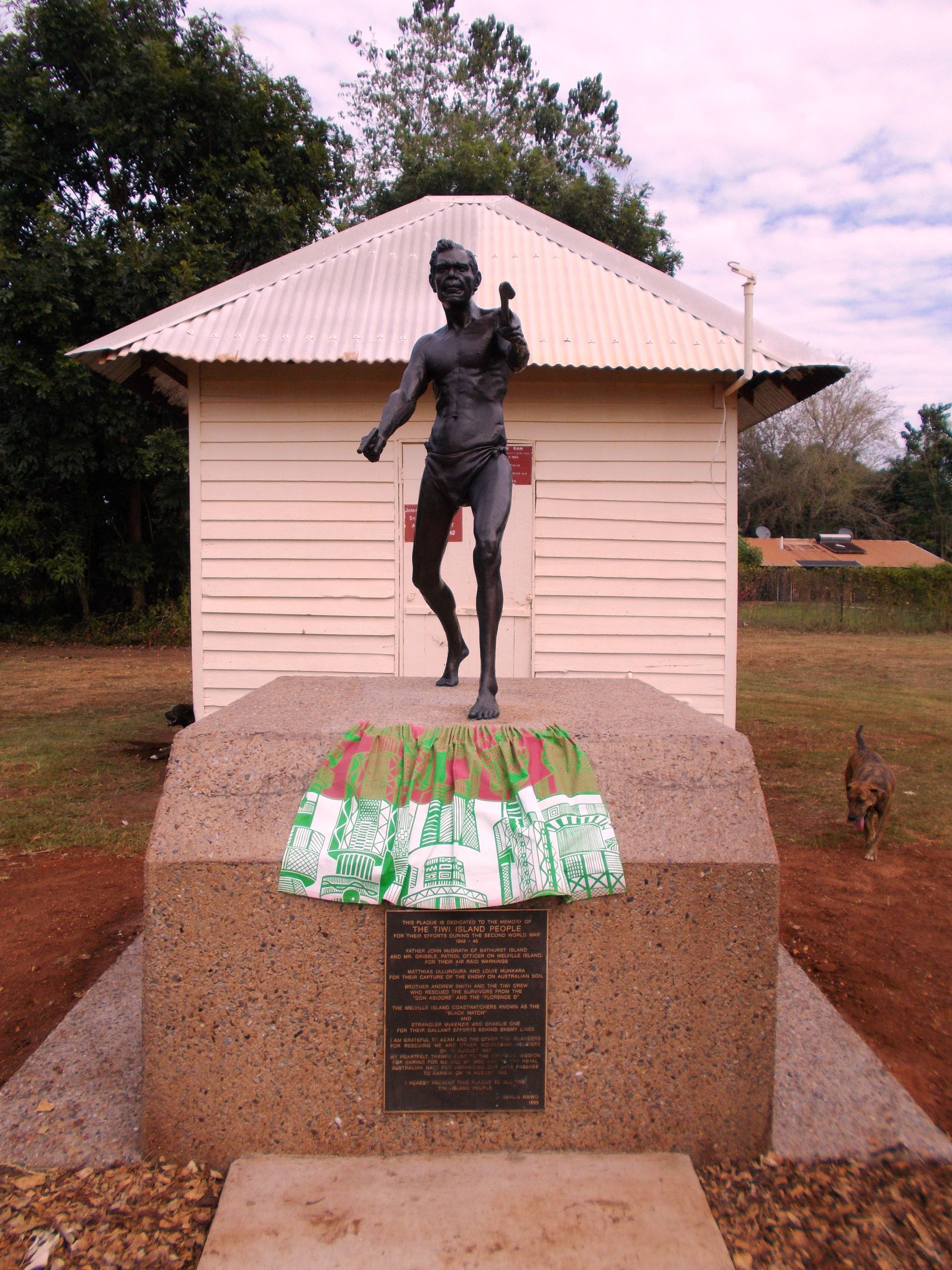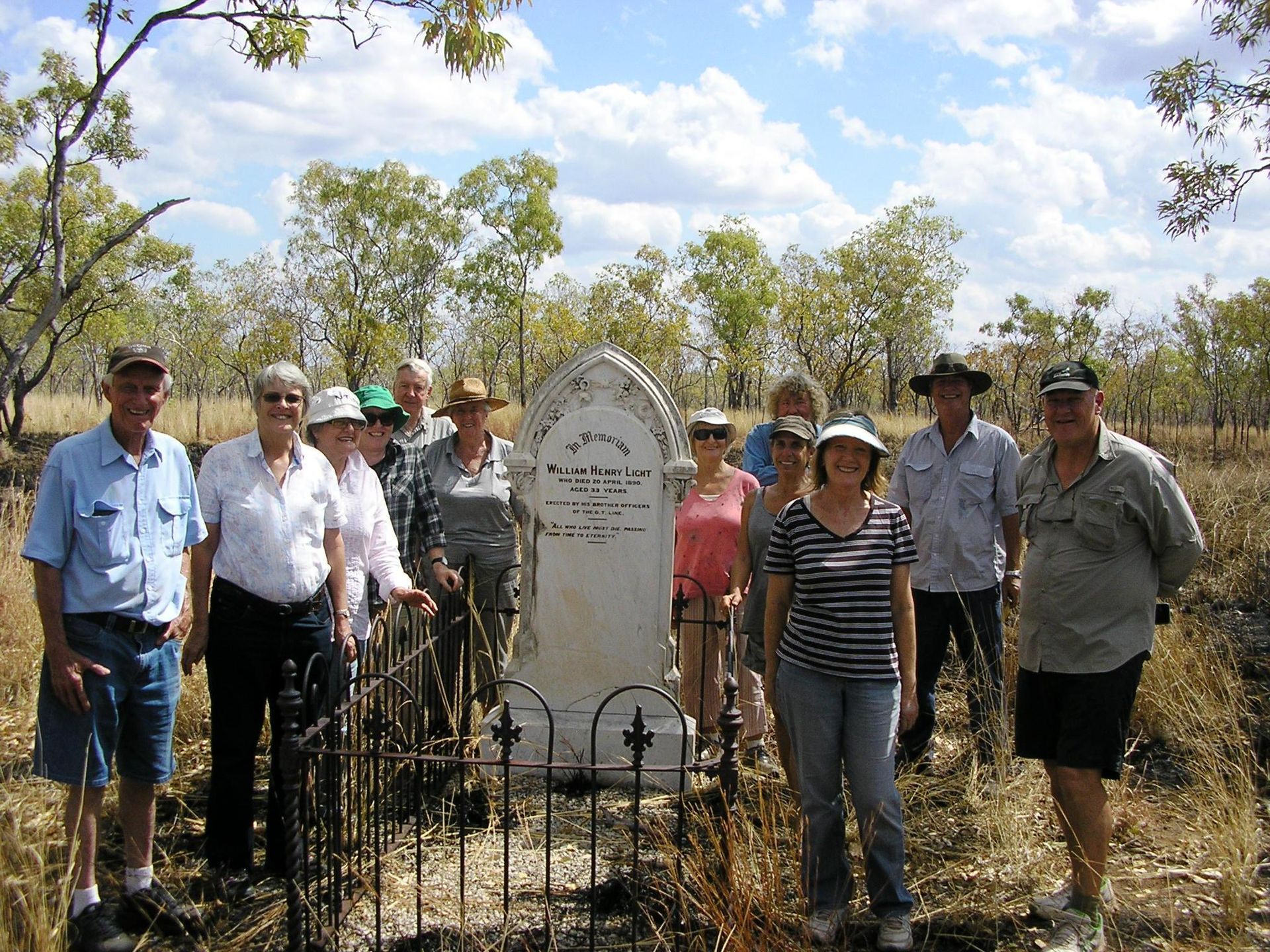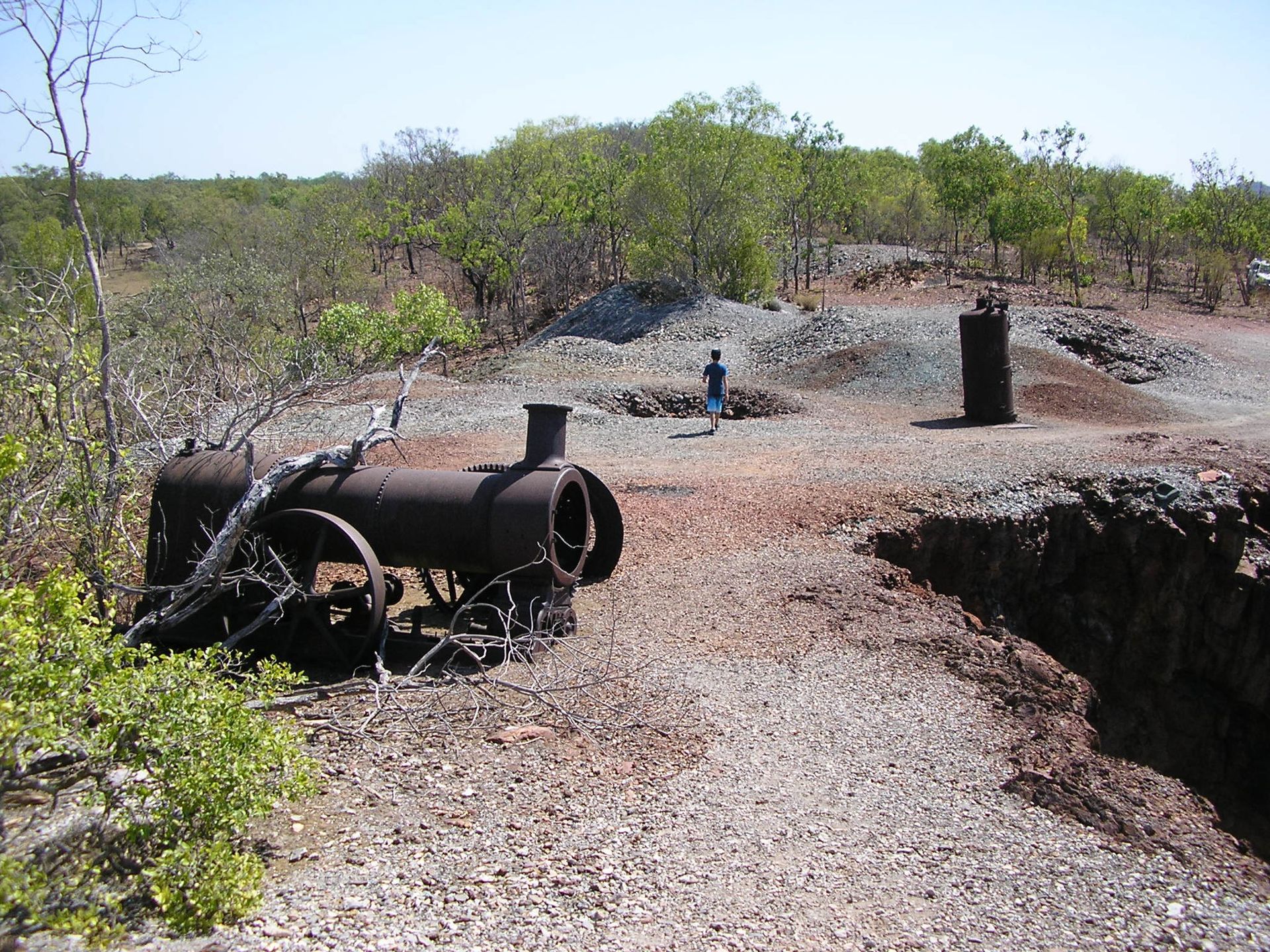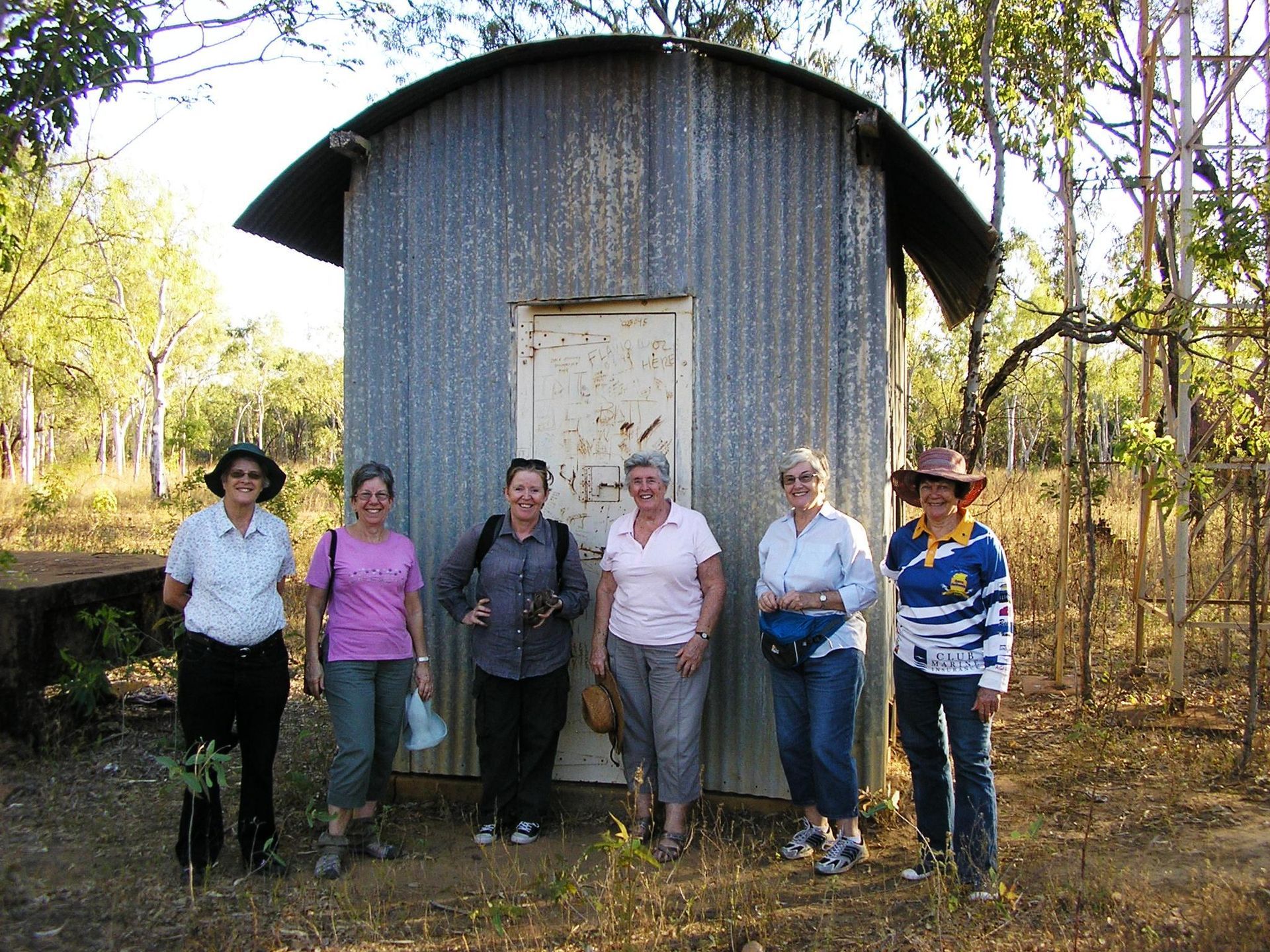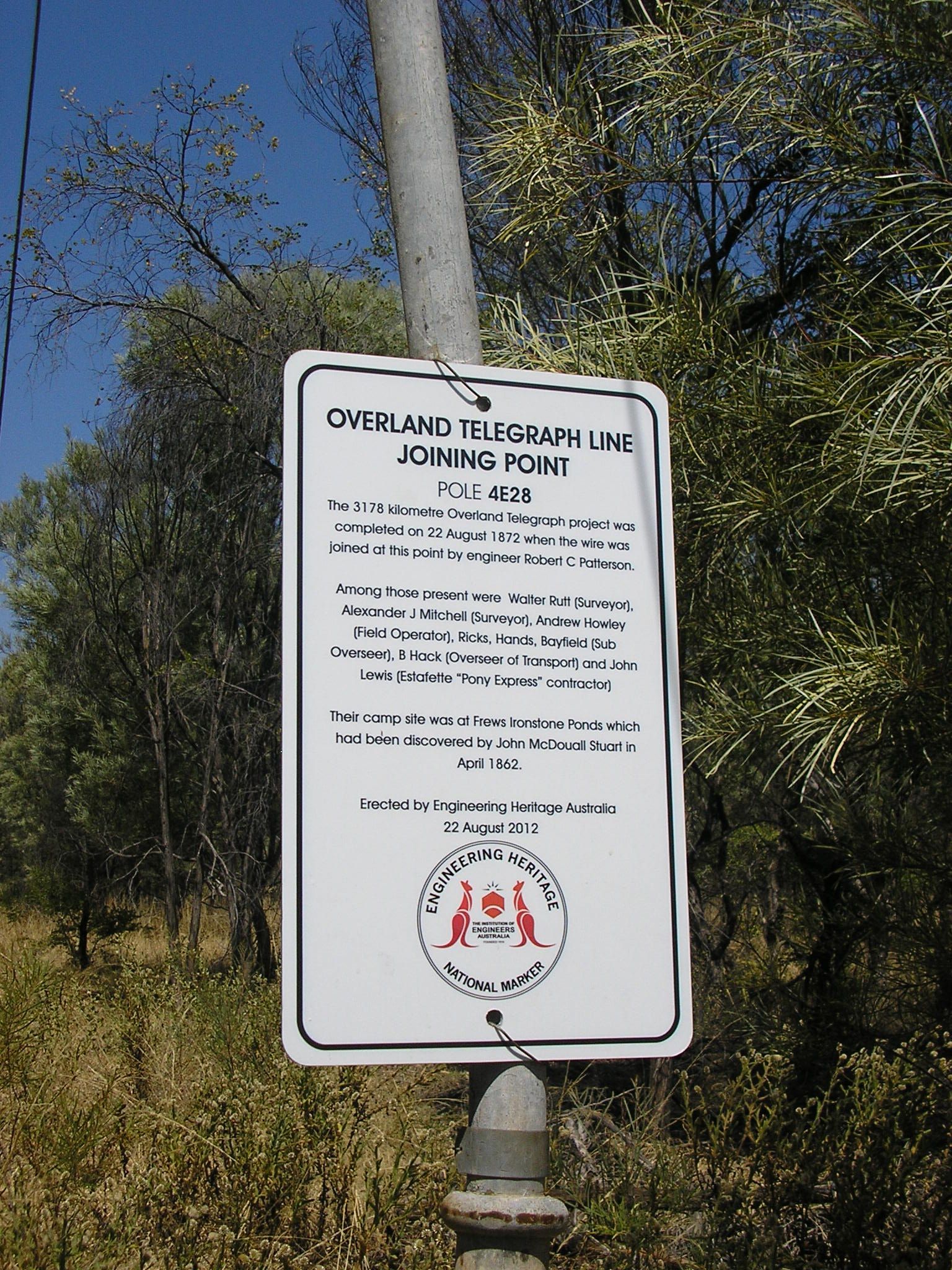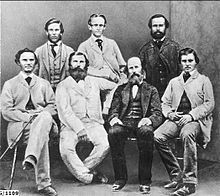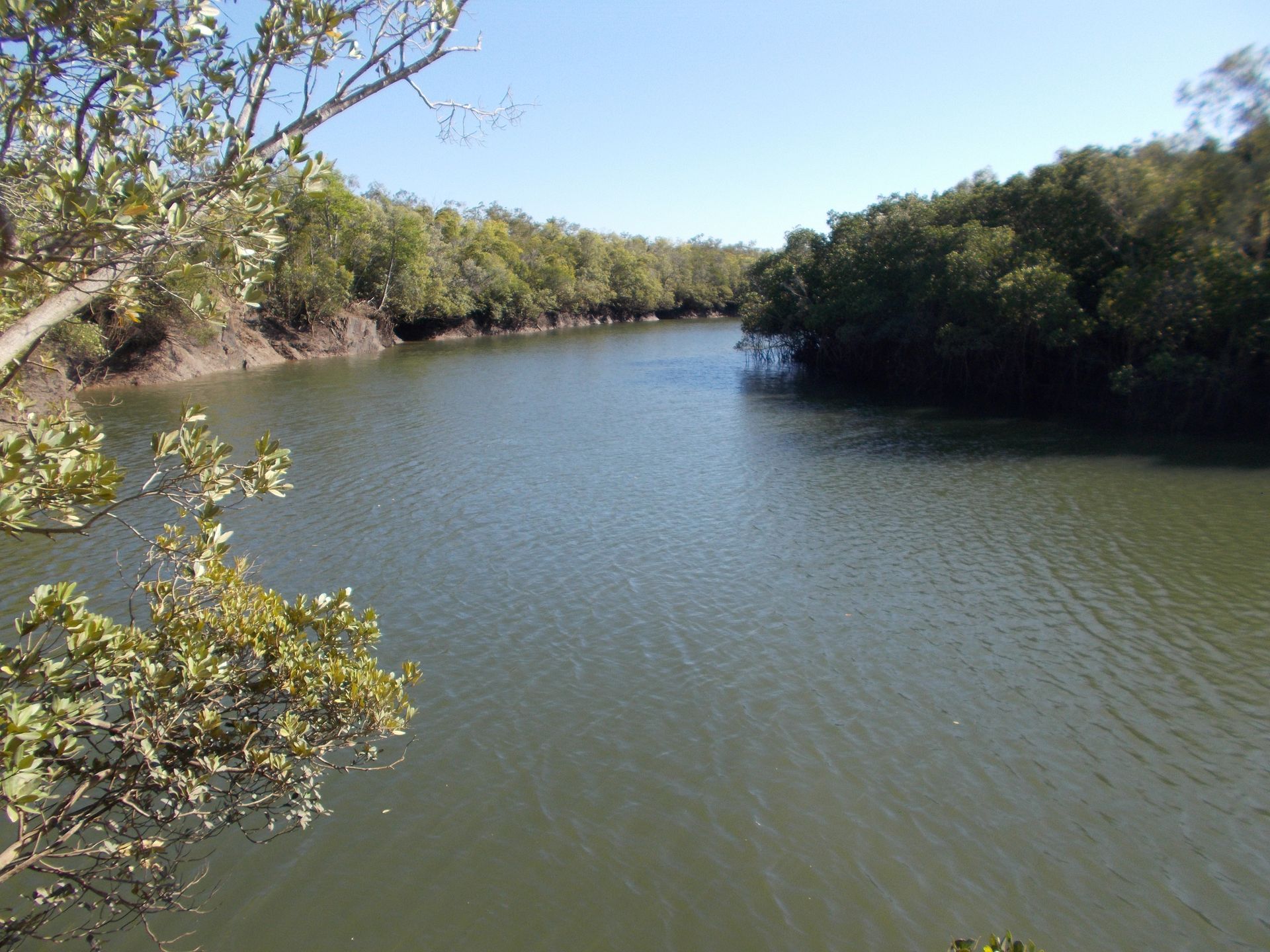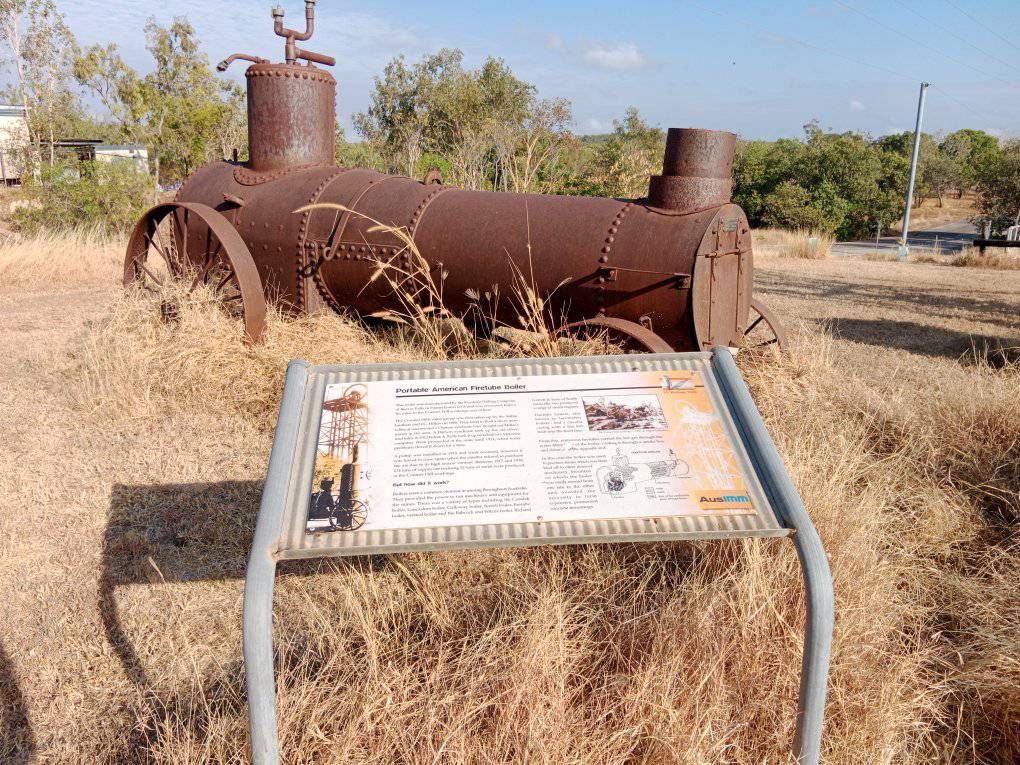Darwin, no stranger to cylcones
Prior to Tracy and since records were kept, at least six tropical cyclones have severely affected Darwin communities.
1839. The early settlement of Victoria, Port Essington, was wrecked by a ‘hurricane’ on 27 November. Buildings and boats were destroyed. HMS Pelorus was driven ashore with the loss of eight lives.
1878. From 14 to 20 January terrific storms and hurricane squalls prevailed over an area extending from the coast to 560km inland. During the night of 14 January every building in Darwin was damaged and several totally destroyed.
1882. On 16-17 January heavy gales did considerable damage. Many buildings were completely destroyed and every house was more or less damaged.
1897. On 6-7 January Darwin was almost completely destroyed by a ‘disastrous hurricane’ accompanied by ‘phenomenally heavy rainfall’. It was estimated that the damage done exceeded 150 000 pounds. Twenty eight people lost their lives, 15 on the water and 13 on shore.
Of the deaths on shore, only two were named by the authorities; Richard Tracey, a gold miner and M D Armstrong the butcher. Aboriginal people who died remained unnamed.
1917. On 1 April Darwin was visited by a ‘hurricane’ ‘which had no equal’ since that of 1897. 110km/h winds blew mainly from the south and south-east. Buildings were damaged and a fishing junk was wrecked and its crew of seven drowned.
1937. A severe tropical cyclone during the hours of darkness of 10-11 March caused damage estimated at 50 000 pounds and the deaths of five people- one in Darwin and four on Melville Island. A peak gust of 160 km/h from the NW was recorded at Darwin airport just before 0130 CST on 11 March.
From all accounts, the storm of 1897 was the most intense cyclone to affect Darwin prior to Tracy. The Northern Territory Times and Gazette 25 January 1897 records;
The storm which broke over the city early on Wednesday the 6th inst. culminated in one of the most destructive cyclones ever recorded.
The cyclone reached its highest pitch between 3.30 and 4.30 and in that hour it was impossible for human beings to stand erect against it. The crash of buildings and the rattle of iron and timber falling about, combined with the blinding rain and roaring of the tempest, was an experience which those who underwent it will never forget to their dying day. Strongly built houses collapsed like houses of cards; roofs blew bodily away; lamp and telegraph posts were bent or torn up; immense beams of timber were hurled away like chaff; trees were uprooted; in many instances large houses were lifted bodily from their foundations and deposited 10 or 12 feet away; and in short the night was one of terrifying destructiveness that made the stoutest heart quail.
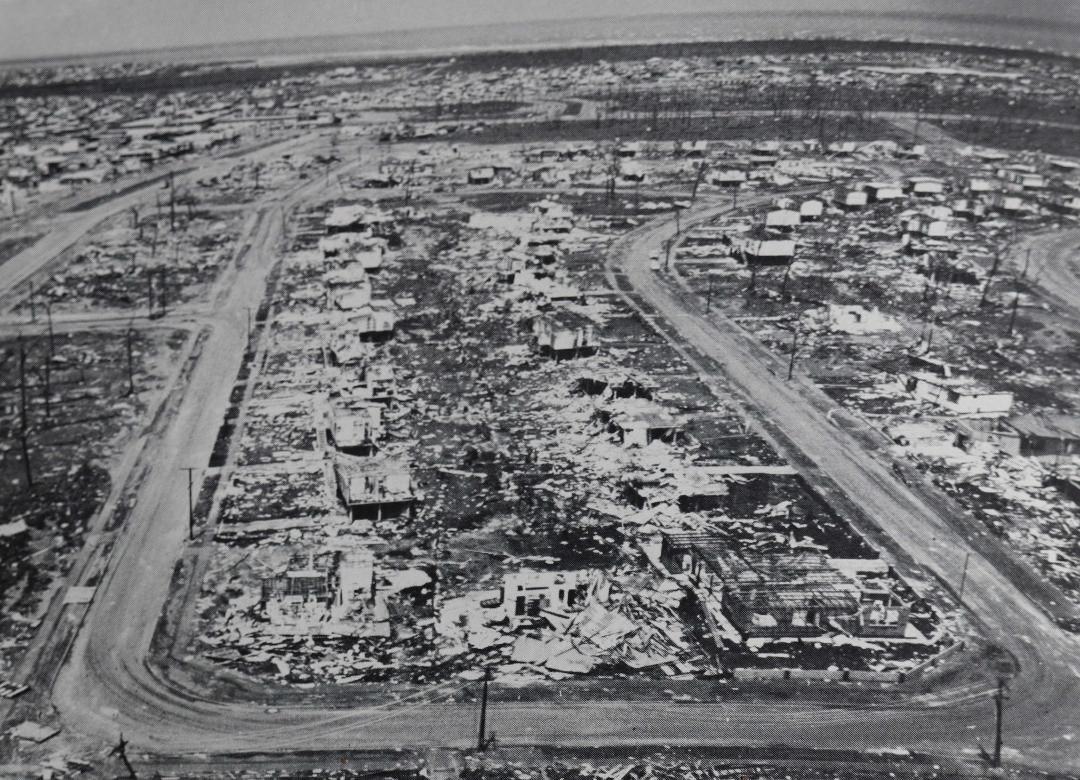
Illustration; Housing destruction from Cyclone Tracy 1974.
(Bureau of Meteorology, AGPS, Canberra 1977)

